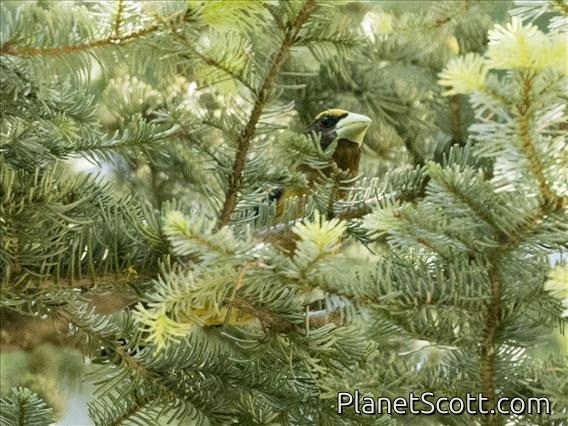Evening Grosbeak (Coccothraustes vespertinus)

Evening Grosbeak (Coccothraustes vespertinus)
×


Evening Grosbeak (Coccothraustes vespertinus)
About Evening Grosbeak (Coccothraustes vespertinus)
- Kingdom: Animals
- Phylum: Chordates
- Class: Birds
- Order: Perching Birds
- Family: Cardueline Finches and Allies
Not Available
Trips
Visits
-
2015-01-03Woodward Park, United States of America
-
2017-10-21Golden Gate Park - San Francisco Botanical Garden, United States of America
-
2020-07-19Lassen Volcanic National Park, United States of America
-
2024-04-03La Cumbre Ixtepeji, Mexico



